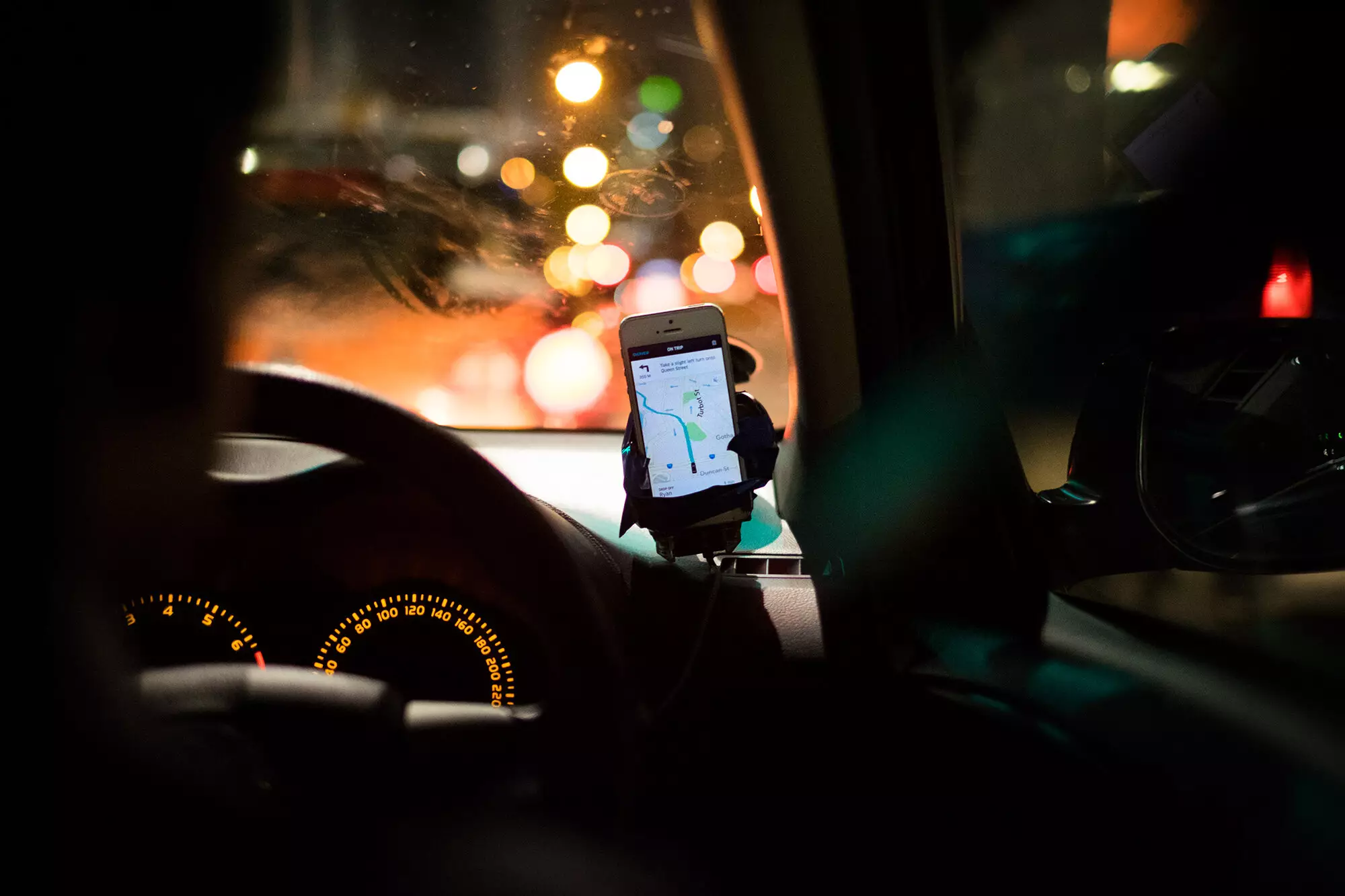The rapid growth of ride-hailing services like Uber and Lyft has transformed urban mobility, yet their environmental impact is a topic of increasing scrutiny. A comprehensive study by the University of California, Davis, sheds light on how ride-hailing trips influence more sustainable transportation methods. By analyzing data from three major metropolitan areas, the study reveals a concerning trend: over 50% of ride-hailing journeys in California replace more eco-friendly transportation options, thereby contributing to an increase in vehicle miles traveled.
Conducted between November 2018 and November 2019, this research involved a significant sample size of 7,333 ride-hailing trips taken by 2,458 participants across the San Francisco Bay Area, San Diego, and Los Angeles and Orange counties. The study aimed to inform the Clean Miles Standard, an initiative by the California Air Resources Board designed to lower greenhouse gas emissions. By examining travel habits, the researchers hoped to ascertain how ride-hailing services could be better integrated into the urban transportation ecosystem.
Key Findings: Displacement of Sustainable Modes
The findings of the study paint a troubling picture. About 47% of ride-hailing trips replaced alternatives like public transit, walking, carpooling, or cycling. Additionally, 5.8% of the ride-hailing trips represented “induced travel,” meaning these are journeys that likely would not have occurred without the convenience of ride-hailing apps. These statistics emphasize that while ride-hailing provides immediate solutions for urban mobility, it often does so at the expense of sustainable transport modes, raising important questions about the overall impact of these services on environmental sustainability.
Interestingly, the study also highlighted the demographic aspects of ride-hailing use. Respondents without a household car or those from racial and ethnic minority backgrounds were significantly less likely to forgo a trip if ride-hailing services were unavailable. This suggests a reliance on these services for essential trips, contrasting the common perception that ride-hailing is a discretionary travel option. Such findings necessitate further investigation into who benefits from ride-hailing and who gets left behind in the ongoing shift towards app-based transportation.
James Giller, the lead author of the study, expressed hope that the research could pave the way for increased sustainability within ride-hailing frameworks. At their core, ride-hailing services have the potential to create more accessible transportation options, particularly for those living in areas poorly serviced by public transit. However, the challenge lies in promoting the use of shared rides to maximize occupancy and lessen the environmental footprint. If leveraged appropriately, ride-hailing can complement public transit and ease congestion rather than exacerbate it.
Recommendations for Enhanced Integration
To advance the sustainability of ride-hailing services, the study posits several recommendations. One key suggestion is to promote the integration of ride-hailing services with public transport, particularly in under-served areas. Enhancing connections between ride-hailing pickups and transit stations may encourage users to shift from single-occupancy rides to shared rides, thus reducing overall vehicle usage. Furthermore, establishing policies that incentivize the use of cleaner vehicle fleets could further mitigate emissions.
As urban planning evolves, understanding the nuances of how ride-hailing affects travel behavior is critical. The insights offered in this study provide a valuable resource for policymakers, transportation agencies, and ride-hailing companies. By recognizing both the potential benefits and drawbacks of ride-hailing, stakeholders can develop strategies that promote sustainable mobility solutions. As Giller states, the key lies in ensuring ride-hailing is utilized in the most efficient manner possible—an imperative as cities continue to grapple with traffic congestion, emissions, and social inequities associated with transportation accessibility.

